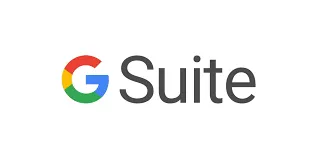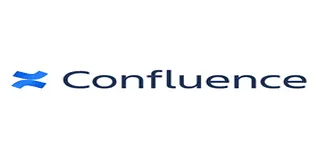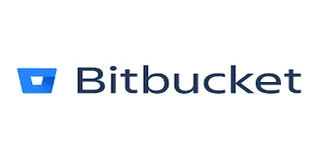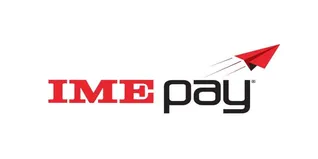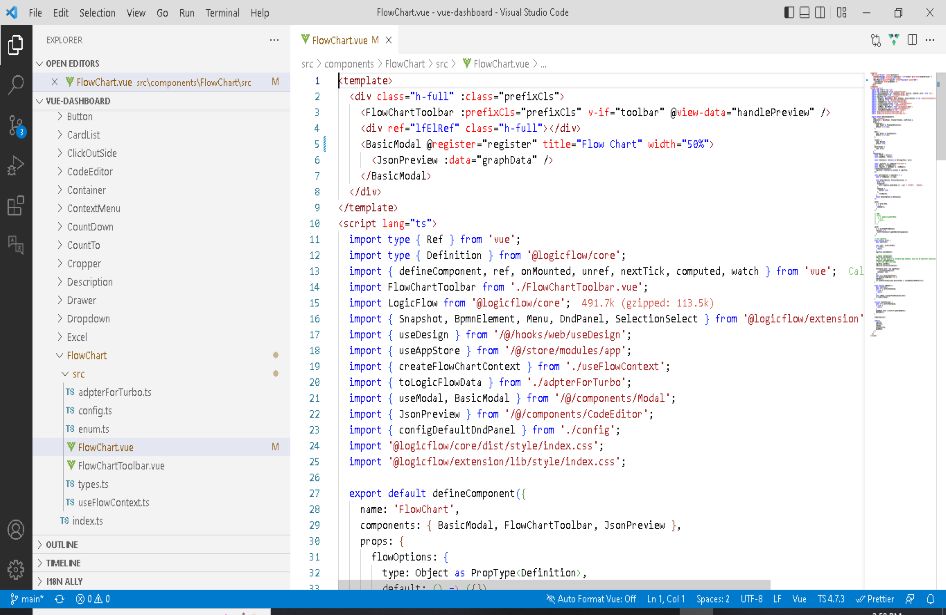
Career Focus:
- Web/Android/WinRT/Cloud App Development, IT and IoT Technologies, Data Analytics and Visualization (TypeScript)
_________________________________________________________
Strengths:
- Theoretical and Practical knowledge of needed technologies and their implementations
- Self motivator and both an independent as well as a team worker
- Flexible, detail oriented and a professional attitude towards work
- Reliable and less spoken as well as a good learner and listener
_________________________________________________________
Interests:
- Mathematics, Internet, Music and Games, Traveling, Environment and Social Service
Download free book if you are interested in Nature and Mathematics
Fourth Edition. With each edition, we will expand the chapter
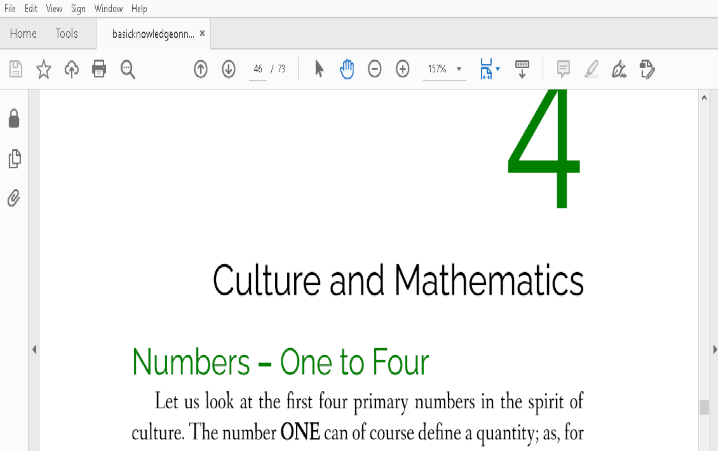
We have completed the second generation of Nepali Input Tools. We will be able to release this on first week of June after full check of texts. After this release, we are going to start text to speech system (Nepali text reader).
We are looking for mostly financial and work related support. Currently this is a single man task. Your support will be helpful to develop Nepali text reader.
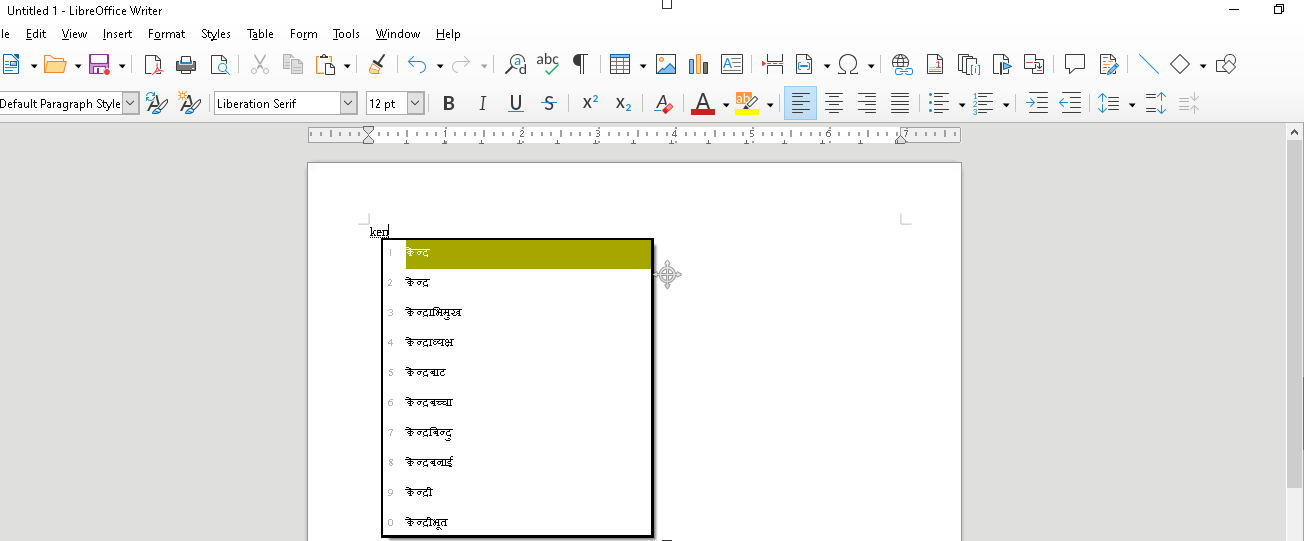
We are working with 64 bit system of Win10 only.
